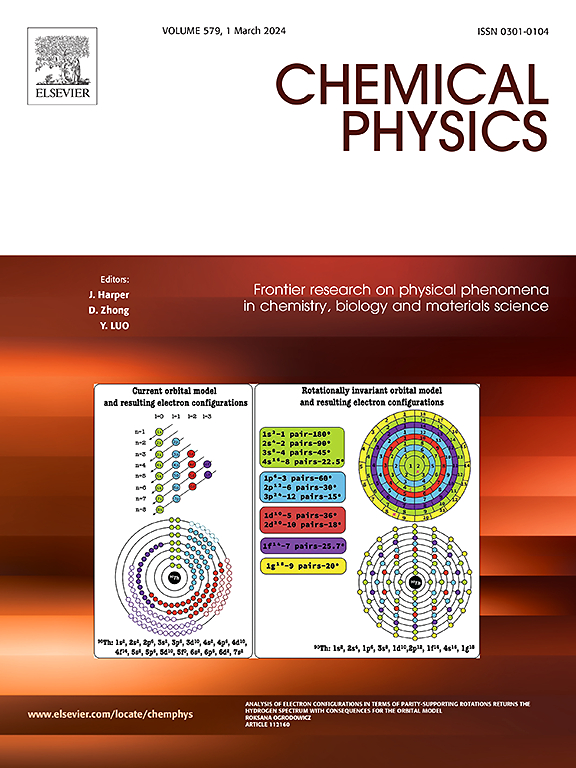揭示了两种形态的Ni0.85Se纳米结构作为可充电镁电池正极材料的潜力
IF 2.4
3区 化学
Q4 CHEMISTRY, PHYSICAL
引用次数: 0
摘要
本文以水合肼和硼氢化钠为还原剂,采用简单的溶剂热方法制备了两种不同类型的Ni0.85Se纳米结构(a -Ni0.85Se和B-Ni0.85Se),并将其作为可充电镁电池(RMBs)的正极材料。与B-Ni0.85Se纳米晶相比,具有纳米片结构的A-Ni0.85Se阴极在50 mA g - 1下具有较高的初始放电比容量338.0 mAh g - 1,在50 mA g - 1下循环100次后具有较高的可逆比容量124.1 mAh g - 1,在250 mA g - 1下具有较高的倍率容量80.6 mAh g - 1,并且在500次循环中具有更好的循环性能。这种性能的增强归功于a - ni0.85 se独特的片状纳米结构,为Mg2+离子提供了更方便的扩散途径。此外,还提出了镁的储存机理。本研究揭示了不同形貌的Ni0.85Se纳米结构作为纳米电极正极材料的潜力。本文章由计算机程序翻译,如有差异,请以英文原文为准。

Unveiling the potential of two morphological Ni0.85Se nanostructures as cathode materials for rechargeable magnesium batteries
In this work, two different types of Ni0.85Se nanostructures (A-Ni0.85Se and B-Ni0.85Se) were prepared by a simple solvothermal strategy using hydrazine hydrate and sodium borohydride as reductants, respectively, and then applied as the cathode materials for rechargeable magnesium batteries (RMBs). Compared to the B-Ni0.85Se nanocrystals, the A-Ni0.85Se cathode with the nanosheet structure shows higher initial discharge specific capacity of 338.0 mAh g−1 at 50 mA g−1, higher reversible specific capacity of 124.1 mAh g−1 after 100 cycles at 50 mA g−1, better rate capacity of 80.6 mAh g−1 at 250 mA g−1, and better cycling performance over 500 cycles. Such a performance enhancement is ascribed to the unique sheet-like nanostructure of A-Ni0.85Se, providing more convenient diffusion pathways for Mg2+ ions. Furthermore, the Mg-storage mechanism was also proposed. This study unveils the potential of Ni0.85Se nanostructures with different morphologies as the cathode materials of RMBs.
求助全文
通过发布文献求助,成功后即可免费获取论文全文。
去求助
来源期刊

Chemical Physics
化学-物理:原子、分子和化学物理
CiteScore
4.60
自引率
4.30%
发文量
278
审稿时长
39 days
期刊介绍:
Chemical Physics publishes experimental and theoretical papers on all aspects of chemical physics. In this journal, experiments are related to theory, and in turn theoretical papers are related to present or future experiments. Subjects covered include: spectroscopy and molecular structure, interacting systems, relaxation phenomena, biological systems, materials, fundamental problems in molecular reactivity, molecular quantum theory and statistical mechanics. Computational chemistry studies of routine character are not appropriate for this journal.
 求助内容:
求助内容: 应助结果提醒方式:
应助结果提醒方式:


